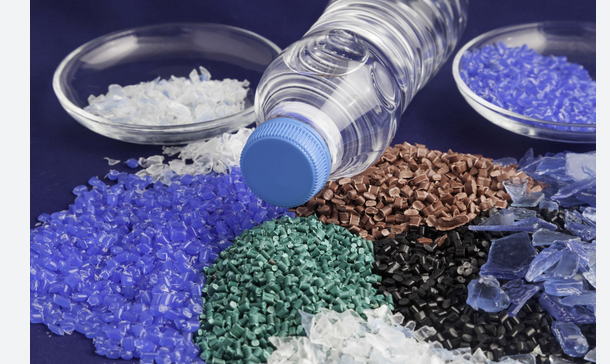
Plastics Recycling Myths Debunked
Plastic material contamination is probably the most pushing environmental problems the world is going through today. It’s a critical risk to the oceans, marine life, and in many cases our overall health. The unhappy fact is that not all plastics are now being re-cycled. The truth is, only 9% of all plastic-type material squander ever plastics recycling made is reprocessed. It’s time for us to consider motion and do our part in lessening plastic-type material waste materials. 1 option is to reuse plastic material. If you’re unfamiliar with plastic-type material recycling, this beginner’s information is designed for you. We’ll explore what plastic materials may be recycled, how you can establish them, and how to recycle them correctly.
What plastic materials can be recycled?
Its not all plastics can be recycled. However, most family plastics may be reprocessed. The most frequent kinds of plastic material that can be reused consist of Polyethylene Terephthalate (Family pet), Great-Density Polyethylene (HDPE), Lower-Solidity Polyethylene (LDPE), Polypropylene (PP), and Polystyrene (Playstation). These plastics are employed to make a variety of goods, which includes bottle containers, bags, packaging materials, and more.
How you can establish recyclable plastics?
The simplest way to recognize recyclable plastics is as simple as seeking the recycling mark on the product. The sign is normally positioned towards the bottom of your item and is made up of three arrows that form a triangular. The arrows may in addition have a quantity in the center indicating the kind of plastic material. For instance, Family pet is tagged with the number one, although HDPE is branded using the amount 2. However, its not all items possess a recycling icon. Generally speaking, in case the plastic is inflexible and it has an effortless area, it’s usually recyclable.
The way to recycle plastic-type correctly?
The initial step in trying to recycle plastic is to ensure that the plastic-type material is clean and dry. Always rinse the plastic with h2o and allow it free of moisture well before adding it inside the trying to recycle container. Never ever blend different types of plastic material in the identical bin. This will make it hard for the recycling center to type and approach the materials. If you’re uncertain when a plastic-type material is recyclable, it’s advisable to leave it from the trying to recycle bin.
Where you can recycle plastic material?
A lot of towns have curbside trying to recycle applications that acquire home plastic-type material spend. Consult with your local trying to recycle center to discover what forms of plastic material are approved and exactly how they ought to be ready for trying to recycle. Also you can decrease off plastic-type material spend at trying to recycle centres, some supermarkets, as well as other places that supply plastic material trying to recycle solutions.
Simply speaking:
The plastic spend issue won’t vanish over night, but we can easily all play a part in cutting it. Trying to recycle plastic material is an easy and easy stage which we can take to lower the quantity of plastic-type material waste that winds up in trash dumps and oceans. Remember to ascertain if a plastic-type is recyclable, clean and dry it correctly before recycling, and down payment it within the correct bin or area. Collectively we can make a beneficial effect on the planet and make up a far better potential for our own earth.